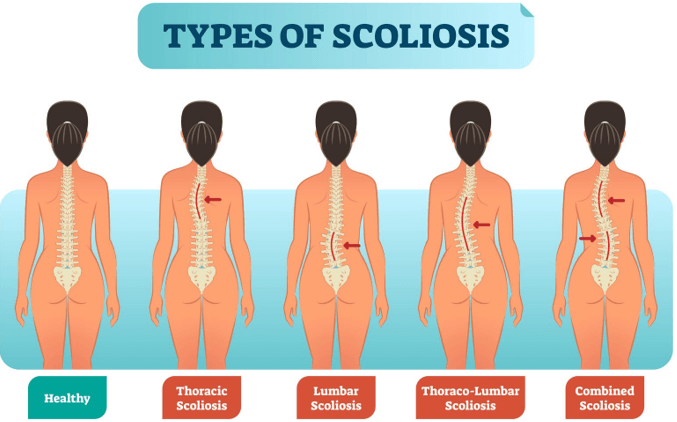The practical nurse (PN) prepares to remove a client's saline lock. Which supplies should the PN gather? (Select all that apply.)
Small gauze pad.
Paper tape.
Three mL syringe.
Exam gloves.
Sterile gloves.
Correct Answer : A,B,D
They are needed to remove the saline lock safely and prevent bleeding or infection. The PN should wear exam gloves to protect themselves and the client from contamination, apply a small gauze pad over the insertion site, and secure it with paper tape after removing the saline lock.
Nursing Test Bank
Naxlex Comprehensive Predictor Exams
Related Questions
Correct Answer is D
Explanation
A) Incorrect- While notifying the healthcare provider is an important step to take after an error, it's not the first action the nurse should take. The immediate concern is the client's safety and well-being, so assessing the client for any adverse effects of the incorrect dose is the priority.
B) Incorrect- Documentation is important, but it's not the first action to take after administering an incorrect medication dose. The nurse should prioritize assessing the client for any adverse effects and ensuring their immediate safety.
C) Incorrect- Completing an incident report is an important step to document errors and prevent future occurrences, but it's not the initial action to take. First, the nurse should focus on the client's well-being by assessing for adverse effects.
D) Correct- Assessing the client for any adverse effects is the immediate priority when an incorrect dose of medication has been administered. The nurse's first concern is the safety and health of the client. Once the client's condition has been assessed and stabilized, further actions can be taken, such as notifying the healthcare provider and completing incident reports.
Correct Answer is D
Explanation
This is the group of children that the PN should screen for scoliosis because they are at the highest risk of developing this condition. Scoliosis is a lateral curvature of the spine that usually occurs during the growth spurt before puberty. Girls are more likely than boys to have scoliosis, and the condition tends to worsen during adolescence.

Whether you are a student looking to ace your exams or a practicing nurse seeking to enhance your expertise , our nursing education contents will empower you with the confidence and competence to make a difference in the lives of patients and become a respected leader in the healthcare field.
Visit Naxlex, invest in your future and unlock endless possibilities with our unparalleled nursing education contents today
Report Wrong Answer on the Current Question
Do you disagree with the answer? If yes, what is your expected answer? Explain.
Kindly be descriptive with the issue you are facing.
